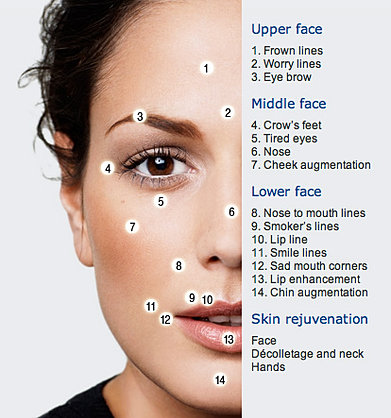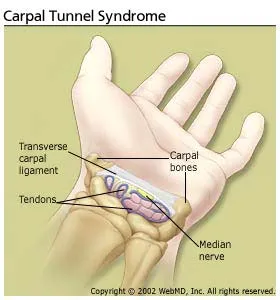Facial Rejuvenation
Facial rejuvenation refers to the combination of cosmetic procedures used to restore your facial features to their previous youthful appearance. While a facelift is often the anchor or foundation for many facial rejuvenations, other procedures can complement and enhance the result. Surgical procedures such as eyelid surgery, brow lift and facial implants can help correct specific problem areas on the face. Nonsurgical treatments including fillers, neurotoxins (botulinum toxins) and fat injections can be used for volume enhancement and wrinkle and fold eradication. Laser skin resurfacing or other light modalities can be utilized to improve skin texture and correct skin blemishes or age spots.
When to Consider Facial Rejuvenation
- If you want to reverse the signs of aging and restore a more youthful appearance
- If your face and neck are sagging, or if you are losing volume in your cheekbones and contour along your jawline
- If there are crow’s feet at the corners of your eyes, fine lines and folds around your mouth, and frown lines and furrows in your forehead
- If there is drooping skin and wrinkling changes in your upper eyelids, upper and lower eyelid bags, and dark circles under your eyes
How is a facial rejuvenation procedure performed?
Careful planning and sequencing of procedures is necessary for facial rejuvenation. Your aesthetic plastic surgeon will determine the best order of procedures in your particular case.
- If volume enhancement using fat transfer is desired for facial rejuvenation, it is typically performed first with fat grafting to deficient regions. The fat is harvested from other areas of the body and then transferred into the desired regions.
- Depending on the degree of skin laxity (looseness) in the face, either a limited incision (for minimal to moderate laxity) or a more extensive facelift is performed. Eyelid surgery, brow lift or facial implants can also be performed.
- For facelift, the skin flaps are lifted and trimmed or undermined as needed, then the flaps are moved to remove excess skin and secured with sutures.
- Once the incisions are closed, laser resurfacing can be used to improve the quality of the skin surface, erasing wrinkles around the mouth and the eyes, eliminating blotchy pigmentation, diminishing the appearance of bags under the eyes, and helping to reverse skin damage as result of sun exposure.
After healing from the surgical component of facial rejuvenation, additional refinements can be performed during follow-up office visits.
- Neurotoxins can be injected in the muscles of the forehead to smooth it, eradicate wrinkles, and provide a brow-lift effect.
- Fillers can be injected to erase the fine lines around the mouth, to add volume to the lips, and to fill the folds extending from the nose to the mouth.
- Fat can also be used at this point to add volume to the lips and to camouflage the deep line that runs from the corner of the lip to the jawline (often called the marionette lines).
Limitations and Risks
Fortunately, significant complications from facial rejuvenation are infrequent. Your specific risks for facial rejuvenation will be discussed during your consultation.
All surgical procedures have some degree of risk. Some of the potential complications of all surgeries are:
- Adverse reaction to anesthesia
- Hematoma or seroma (an accumulation of blood or fluid under the skin that may require removal)
- Infection and bleeding
- Changes in sensation
- Scarring
- Allergic reactions
- Damage to underlying structures
- Unsatisfactory results that may necessitate additional procedures
Other risks specific to rejuvenation are outlined below:
- Reabsorption of fat grafts
- Possible skin breakdown
- Return of wrinkles and folds over time may require subsequent treatments
You can help minimize certain risks by following the advice and instructions of your board-certified plastic surgeon, both before and after your facial rejuvenation surgery.





